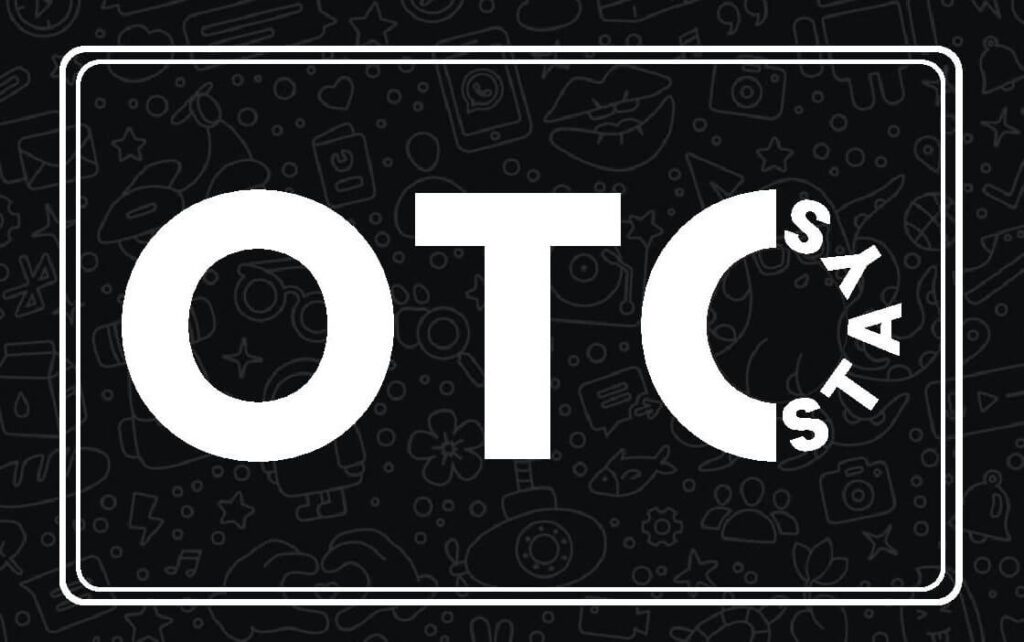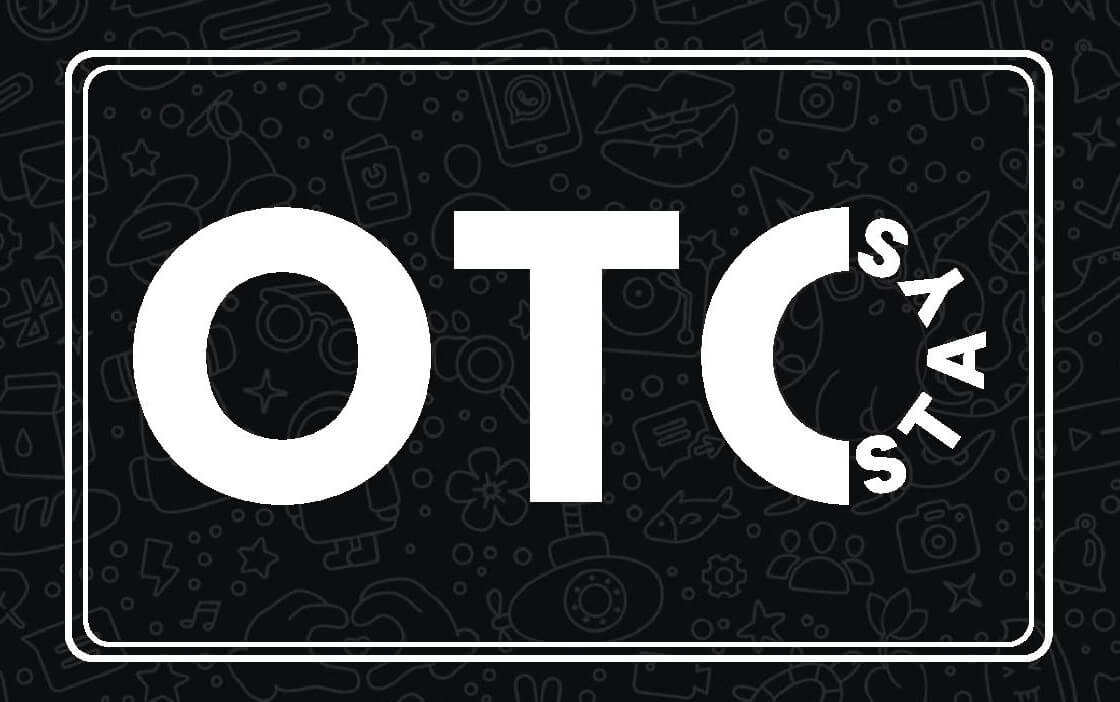
The last word Secret Of Hub Split Profiting From Educational Material Rentals
Introduction
In the evolving world of art and commerce, new paradigms are shaping the way artists and collectors earn cash. One such innovative approach is the concept of renting out art pieces, emerging as a powerful solution to proliferate art while ensuring a blast of income for artists, galleries, corporations, and individual collectors. This study examines the dynamics, potential scope, challenges, and impact of the business design on the art industry, bridging the gap between art, money, and the masses.
Understanding the Art Rental Business Model
Art rental is a compelling business model revolving around leasing art pieces for a stipulated time. The practice provides a dynamic scenario where renters can rotate artworks in their spaces, enjoying a diverse array of art without the full commitment of purchase. The model proves beneficial for artists and Hub Split collectors as it provides exposure, accessibility, and a consistent income source.
Potential Market Scope
The potential market for art rental is vast, encompassing commercial and residential spaces alike. Offices, hotels, restaurants, and even hospitals are increasingly seeking art rental services to enhance their ambiance. Meanwhile, for homeowners who love art but obtain the price tag of purchase daunting, renting art gives a financially viable alternative. Additionally, the rise in popularity of co-working spaces and the emphasis on aesthetics in residential and commercial designs projects a promising outlook for the art rental business.
Financial Implications
The art rental concept is not merely about promoting art; it also holds exciting financial implications for all the stakeholders involved. Artists get a share of the leasing fee, ensuring a regular income stream compared to the sporadic sales of artwork. Galleries can keep their inventory moving and generate continuous income instead of relying solely on outright sales. Renters can enjoy high-end art at a fraction of the purchase cost while also exploring different art styles without a sizeable monetary commitment.
Challenges Encountered
Despite its profit potential, the art rental model does face a few challenges. These involve guaranteeing the safety and condition of the pieces while they’re on lease, copyright issues, art insurance, and, in some cases, reluctance from artists to rent their work. For galleries and rental platforms, establishing a diverse and appealing inventory can also pose a substantial challenge.
Impact on Art Industry
The art rental model is disrupting the traditional art industry, driving it towards more sustainable and inclusive directions. This model significantly increases the accessibility of art, allowing a wider audience to understand and engage with it. Furthermore, it allows emerging artists to gain exposure and Hub Split secure a regular income, encouraging them to continue their artistic pursuits. In the long run, the art rental model could potentially make art less of an extravagance commodity and more of any accessible cultural asset.
Conclusion
In conclusion, the art rental model holds exciting prospects and challenges for artists, collectors, and renters. It capitalizes on the desire for variety, aesthetic appeal, and economic practicality, making a win-win scenario for all parties involved. Although it still has obstacles to overcome, especially in phrases of logistical and legal aspects, the model’s potential benefits far outweigh these hurdles. As wider society becomes more art-conscious, the likelihood is that renting art as a means of earning and appreciating will continue steadily to rise, bringing a refreshing transformation in the art industry.
Future Research Direction
Future research efforts can give attention to a more region-specific assessment of the art rental market and measures to streamline the renting process. It will be crucial to verify the feasibility with this business model in various cultural contexts also to devise strategies to overcome the actual legal and logistical challenges. Efforts should be targeted at formulating suitable insurance policies for rented art and devising robust copyright protection measures.
